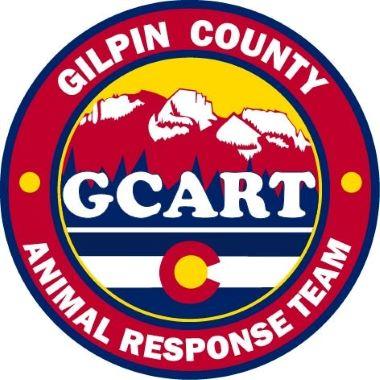Animal Response Team (GCART)
Gilpin County Animal Response Team (GCART)
GCART's purpose and concern is for the welfare of all domestic animals in emergency situations. GCART is designed to work with families that have had to evacuate their animals from a disaster. GCART is a volunteer group within Gilpin County that is responsible for sheltering of bother large and small animals that are displaced. This is a dedicated group of individuals committed to ensuring your animals are taken care of. GCART is looking for individuals that are interested in becoming a member and wanting to join our team.
GCART assists firefighters with the evacuation of animals in the event of wild fire, toxic spill, or other natural or manmade disaster they may occur in Gilpin County. Please download and complete the Animal Rescue Window form and place it in a easily seen location for first responders. They will then notify GCART to come get your animals if you are not there and let us know how many animals we are picking up. Change the form as your animal population changes.

Steven Mingura
Director of Emergency Management
Address
2960 Dory Hill Road, Ste. 300
Black Hawk, CO 80422
Important Documents
Volunteers
Be in the Know
Does your livestock know how to be loaded into a trailer? Does your cat or dog go into a kennel? Have they ever done it or do you practice it regularly?
If not, then they won't be able to be loaded by GCART volunteers if they need to be evacuated because they will refuse to be loaded or kenneled and there won't be time to teach them at that point. The best that could be done if they won't load would be to open the gates or doors and let them fend for themselves during the disaster. How do you change this option? By practicing.